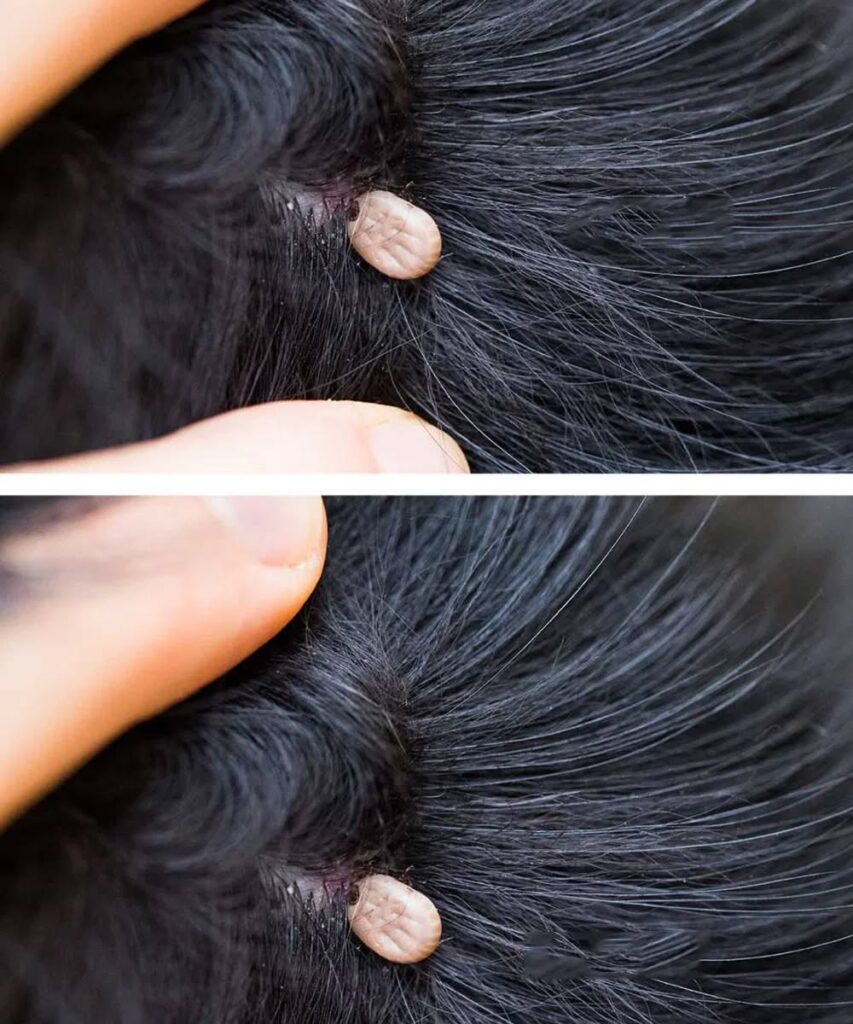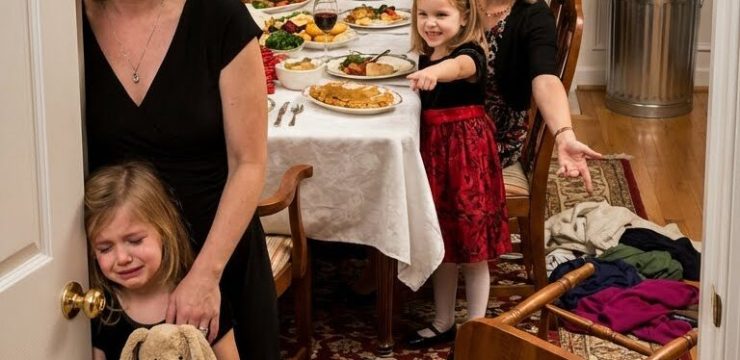Let’s be real—stumbling upon something strange in your child’s hair can instantly send your parental instincts into overdrive. Whether it’s a mysterious white flake, a bump, or—worse—a tiny crawling creature, your mind probably races through a dozen questions at once. Is it lice? Is it something dangerous?

Should I call the pediatrician right now? Take a deep breath—you’re not the first parent to face this, and you definitely won’t be the last. The good news is that most of these situations are completely manageable with the right information and a calm approach. The first step is to observe carefully. What exactly did you see? Use a fine-tooth comb, part the hair gently, and even grab your phone camera to zoom in or take a picture. Check if it’s moving, attached to the hair shaft, or falling off. Look for tiny white ovals (possibly nits), actual bugs, flakes, redness, or signs of scratching. These details matter because they help narrow down the potential cause. One of the most common offenders is head lice—tiny, wingless bugs that feed on blood and live close to the scalp.
Their eggs, or nits, stick to the hair and are often mistaken for dandruff but are harder to remove. Then there are scabies mites, which typically burrow into the skin rather than live on the scalp, but in young kids, they can sometimes be found around the hairline or neck. Scabies can cause intense itching, red bumps, and rashes, especially in skin folds. If you didn’t find bugs but saw flaky skin, it might just be dandruff or cradle cap, both of which are usually harmless. And sometimes, it’s nothing more than lint or fuzz caught in the hair that looks odd under certain lighting. If you suspect mites, it’s less about what you see and more about the symptoms. Mites often cause persistent itching, red rashes, and skin irritation.
Your child might scratch more at night or act irritable due to discomfort. If you notice scabs, red patches, or if your child mentions a crawling sensation, it’s worth checking immediately and monitoring closely. Many parents turn to home remedies as a first step. Some swear by applying olive oil or mayonnaise to smother lice, or rinsing the hair with vinegar or using essential oils like tea tree.
Others rely on nit combs to physically remove lice and nits. While these methods sometimes work, they aren’t always effective and may not be safe for all kids, especially those with sensitive skin or allergies. Always do a patch test first and don’t hesitate to see a doctor if things don’t improve quickly. You should definitely call a healthcare provider if bugs are still present after treatment, if the itching becomes severe, or if you notice swelling, pus, or signs of infection.
Children with eczema or other skin conditions might react more strongly to irritants, and it’s important to avoid making the situation worse. Doctors can prescribe lice treatments with ingredients like permethrin or medications for scabies. If the issue turns out to be mites, everyone in the household may need treatment, as scabies spreads easily through close contact. Once the problem is under control, focus on prevention. Teach your kids not to share hats, combs, or pillows. Wash bedding, clothes, and soft toys in hot water. Tie back long hair before school or daycare. Do regular scalp checks—especially after sleepovers or reported outbreaks—and vacuum frequently to cut down on lingering pests or allergens.
Speaking of mites, don’t underestimate them. While dust mites don’t live on people, they can still cause sneezing, watery eyes, and trigger asthma symptoms in sensitive kids. Scabies, if untreated, can spread quickly among family members and lead to secondary infections due to scratching. That’s why early identification is so important. Effective treatments require following a full cycle. For lice, use a nit comb daily for several days after the initial shampoo. For scabies, apply the prescription cream as directed and wash all clothing and linens. Re-treat if needed, and be thorough—missing even a few eggs or mites can lead to reinfestation. And even after treatment seems successful, stay vigilant. It’s not unusual for symptoms to return if something was overlooked.
Check your child’s hair weekly for a few weeks, watch for signs like itching or new bumps, and consult your doctor if anything seems off. In the end, spotting something odd in your child’s hair may feel scary in the moment, but with a level head and the right information, you can address it effectively. Most of the time, it’s treatable and nothing to panic over. Whether it’s lice, mites, or just lint, what matters most is staying calm, staying informed, and responding quickly—because when it comes to your child’s health, being one step ahead makes all the difference.





